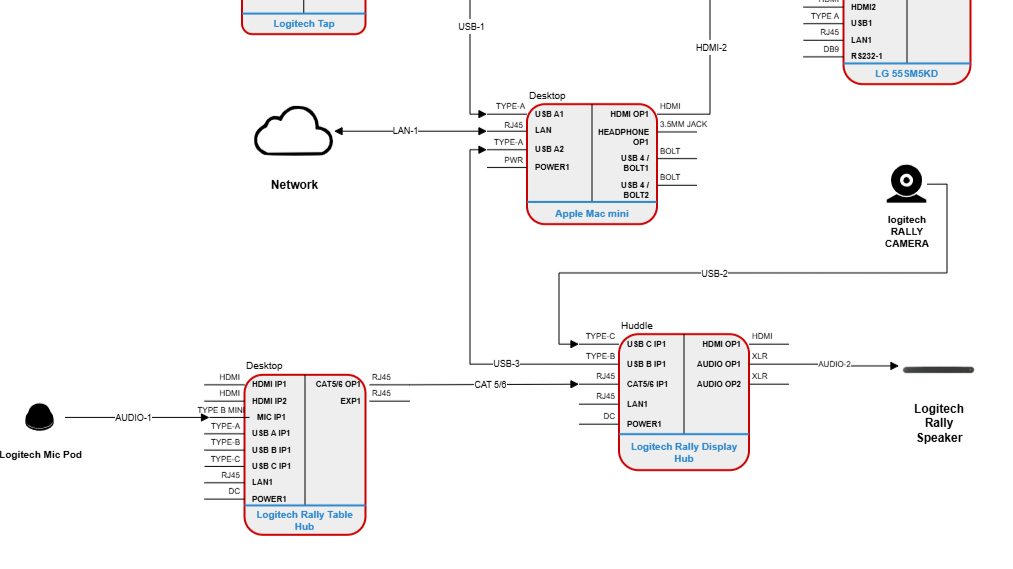Businesses generate an enormous amount of data every single day. From customer records and sales transactions to strategic reports and analytics, data drives decisions at every level. The challenge is keeping all this information safe, accessible, and ready to use at any moment. Regular backups provide the backbone for long-term stability, but the real question is: where should this data live? Local Object Storage offers a practical, secure, and scalable solution to ensure businesses can always access historical, operational, and strategic data for future growth.
Why Future-Proofing Data Matters
Data isn’t just information—it’s the foundation of every business decision. Without reliable access to records and insights, companies risk losing their competitive edge. A single data loss incident can cause financial damage, compliance issues, and loss of customer trust.
Future-proofing data ensures:
- Historical data is preserved for audits and compliance.
- Operational data remains accessible for daily activities.
- Strategic data supports growth planning and innovation.
Every department, from finance to marketing, relies on accurate data. Without proper backups, growth stalls, and opportunities slip away.
The Challenge of Data Growth
Business data doesn’t just grow; it multiplies. Digital transactions, IoT devices, and analytics pipelines push volumes higher every year. Storing this vast information is no longer about simple hard drives or outdated storage systems.
Key issues include:
- Volume: Data increases exponentially with every customer interaction.
- Variety: Structured records, unstructured files, and multimedia assets all require storage.
- Velocity: Real-time updates and syncs create constant inflows.
This explosion creates challenges in storage management, cost, and long-term access. Businesses need solutions that handle massive growth without compromising performance.
Regular Backups as the Foundation
A backup is more than just a copy—it’s an insurance policy. Whether through hardware failure, cyberattacks, or human error, data loss is always a possibility. Regular backups ensure that companies can recover quickly and continue operating without disruption.
Benefits of consistent backups:
- Resilience: Protection against ransomware and accidental deletion.
- Continuity: Ability to restore operations within hours instead of days.
- Compliance: Meets regulatory requirements for data retention.
Without frequent backups, businesses expose themselves to unnecessary risks. A strong storage system makes backups reliable, secure, and future-ready.
Local Object Storage: The Reliable Solution
Local Object Storage bridges the gap between data growth and business continuity. Unlike traditional storage systems, object storage organizes data into units called “objects,” each containing the data itself, metadata, and a unique identifier. This design allows businesses to handle massive datasets without performance issues.
Key advantages include:
- Scalability: Easily expand storage capacity as data grows.
- Durability: Built to protect against data corruption and drive failures.
- Accessibility: Retrieve any file quickly, regardless of size or age.
- Cost-efficiency: Reduces the expenses of long-term storage compared to traditional systems.
For businesses, this means that daily backups, compliance records, and years of historical archives can all be stored without worrying about space or retrieval speed.
How Local Object Storage Supports Business Growth
Historical Data for Insights
Business growth often depends on learning from the past. Object storage preserves years of sales, customer, and operational data, giving decision-makers the insights they need.
Operational Continuity
Day-to-day operations demand constant access to updated data. Whether it’s employee files, customer information, or logistics updates, reliable storage ensures nothing slows down.
Strategic Advantage
Planning for expansion requires analyzing trends. Object storage provides quick access to massive archives, making trend analysis and forecasting easier.
Comparing Object Storage with Other Methods
Traditional File Storage
- Works well for small datasets but struggles with scale.
- Limited metadata reduces searchability.
- Expensive to maintain over the long term.
Cloud-only Storage
- Accessible but often subject to hidden costs.
- Bandwidth limitations can slow retrieval.
- Dependency on internet connection increases risk.
Local Object Storage
- Combines scalability and accessibility with local control.
- Provides high durability without relying entirely on external vendors.
- Cost-effective for long-term use.
The result is a storage model built for reliability and growth.
Building a Backup Strategy with Local Object Storage
A successful backup strategy goes beyond creating copies. It involves a structured plan with regular scheduling, versioning, and monitoring.
Steps for a Strong Backup Strategy
- Assess Data Needs: Identify critical files and compliance requirements.
- Set Backup Frequency: Daily, weekly, or real-time depending on operations.
- Implement Version Control: Keep multiple versions to prevent corruption.
- Test Restores Regularly: Ensure backups actually work when needed.
- Secure Access: Apply permissions and encryption to protect Data integrity.
With this structure, businesses gain confidence that their backups are complete, accurate, and accessible.
Security and Compliance Advantages
Data regulations are becoming stricter across industries. Local object storage provides built-in protection mechanisms, ensuring compliance while keeping sensitive information safe.
- Encryption: Safeguards data from unauthorized access.
- Access Controls: Ensures only approved users retrieve critical data.
- Audit Logs: Tracks usage for accountability.
- Data Integrity: Prevents silent corruption with checksums.
These features keep businesses compliant with data retention laws and security standards.
Conclusion
Future-proofing isn’t a luxury—it’s a necessity. Businesses that generate massive data volumes need systems that grow with them while protecting critical information. Regular backups form the safety net, but Local Object Storage provides the framework to make those backups reliable, secure, and scalable.
By implementing this solution, businesses ensure that historical, operational, and strategic data remains accessible for decision-making and growth. With the right backup strategy and storage in place, companies can focus on innovation without worrying about data loss.
FAQs
Q1: How is object storage different from traditional storage methods?
Object storage uses metadata and unique identifiers to manage data, making it scalable and easier to search compared to file or block storage.
Q2: Why should businesses choose local storage over cloud-only options?
Local storage reduces dependency on internet connections, improves retrieval speed, and helps control long-term costs without hidden fees.
Q3: Can local object storage handle unstructured data like videos and images?
Yes, it is specifically designed to manage large volumes of unstructured data, including media, logs, and sensor outputs.
Q4: How often should backups be scheduled for maximum protection?
Backup frequency depends on operations. Critical data should be backed up daily or in real-time, while less critical files can follow weekly or monthly cycles.
Q5: What industries benefit most from local object storage?
Healthcare, finance, manufacturing, education, and retail all rely heavily on reliable storage for compliance, operations, and growth.
















Leave a Reply